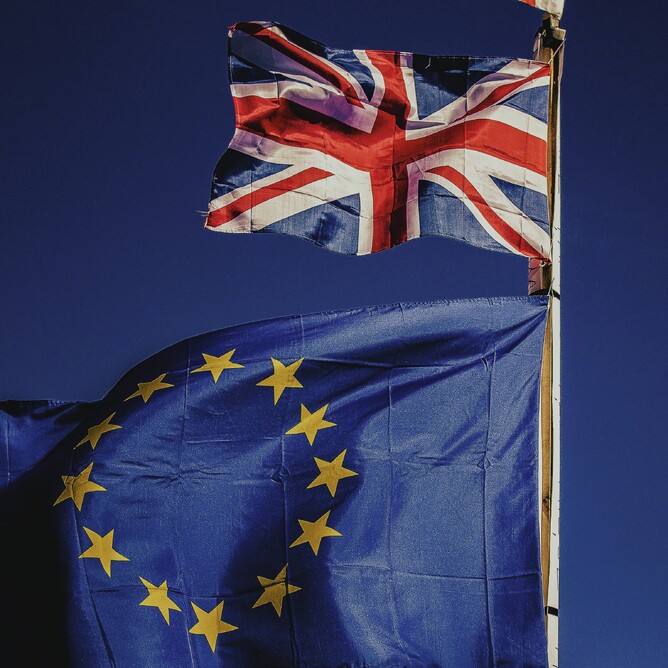When do the rules change due to Brexit?
From 1st January 2021 the new rules for import, export and working with the EU will change. All businesses should be preparing now so you are ready for 1st January 2021.
What steps do businesses need to take to prepare for leaving the EU?
Step 1
Complete the transition checklist to make sure you have a plan of all the steps you need to take. The checklist can be found following the link https://www.gov.uk/transition. This is a questionnaire that you complete to help HMRC understand your business and give you the steps you need to follow from 1st January 2021, relevant to your business or circumstances.
This form will help to understand importing and exporting goods by air/sea or post.:
- What declarations to make.
- Rules for types of goods being imported or exported.
- EORI number.
- When you can charge vat at 0%.
- Checking if the EU business you are working with is also ready for the new rules.
Step 2
Any business importing or exporting from Great Britain will need to apply for a GB EORI number. A GB EORI number starts with GB and then has 12 digits and works similar to a vat number. It allows computerised systems to identify a business. The GB EORI number can be applied for at https://www.gov.uk/eori The GB EORI number can take up to a week to arrive, and not having the number will cause delays so you should prepare now.
Step 3
Businesses that import regularly can apply for a Duty Deferment Account. This means customs duty, excise duty and import vat can be paid once a month for all imports, using a direct debit system. Applications for the Duty Deferment account can be made through the Government Gateway account at HMRC.
Step 4
VAT on import goods – vat registered business can account for this on the vat return. Non vat registered businesses will need to account for import vat using the normal customs processes.
What help can I get to complete declarations for export?
It would be advised to use:
- Customs Agent
- Fast parcel Operators
- Freight Forwarders
The above businesses are set up to help and have the necessary software in place to make the declarations required. Their duties will include:
- Taking steps to make sure the goods being exported are as the exporter described
- Making sure all pre and post customs forms are completed
- Making sure goods are exported within the time limit stated by the exporter
- Keeping records of each export
- Getting or providing valid evidence of the export and send it to the exporter
What if I need to go to the EU and need to drive while in the EU?
You will require an international driving permit.
What is the difference between direct exports and indirect exports?
A direct export is when you are sending goods outside the EU and you are responsible for transporting the goods:
- In your luggage
- In your own transport
- By rail/post or courier
- By using a shipping agent
An indirect transport is when your overseas customer or their agent collects the items.
What are the new VAT rules for export from 1st January 2021?
The new rules are exhaustive and can be found here:
- This form covers:
- When you can zero rate goods
- How to deal with an overseas customer where they have a UK base also
- The time conditions of making a Zero vat supply
- Exports where there is no taxable supply
- Transferring goods that belong to your own business
- Goods accidentally lost or stolen before export
- Conditions for zero rating vat in specific circumstances
What are my next steps?
Complete the gov.uk checklist to know your plan at: https://www.gov.uk/transition.
Understand the Vat rules for your business by becoming familiar with:
Make sure you are ready by 1st January 2021

